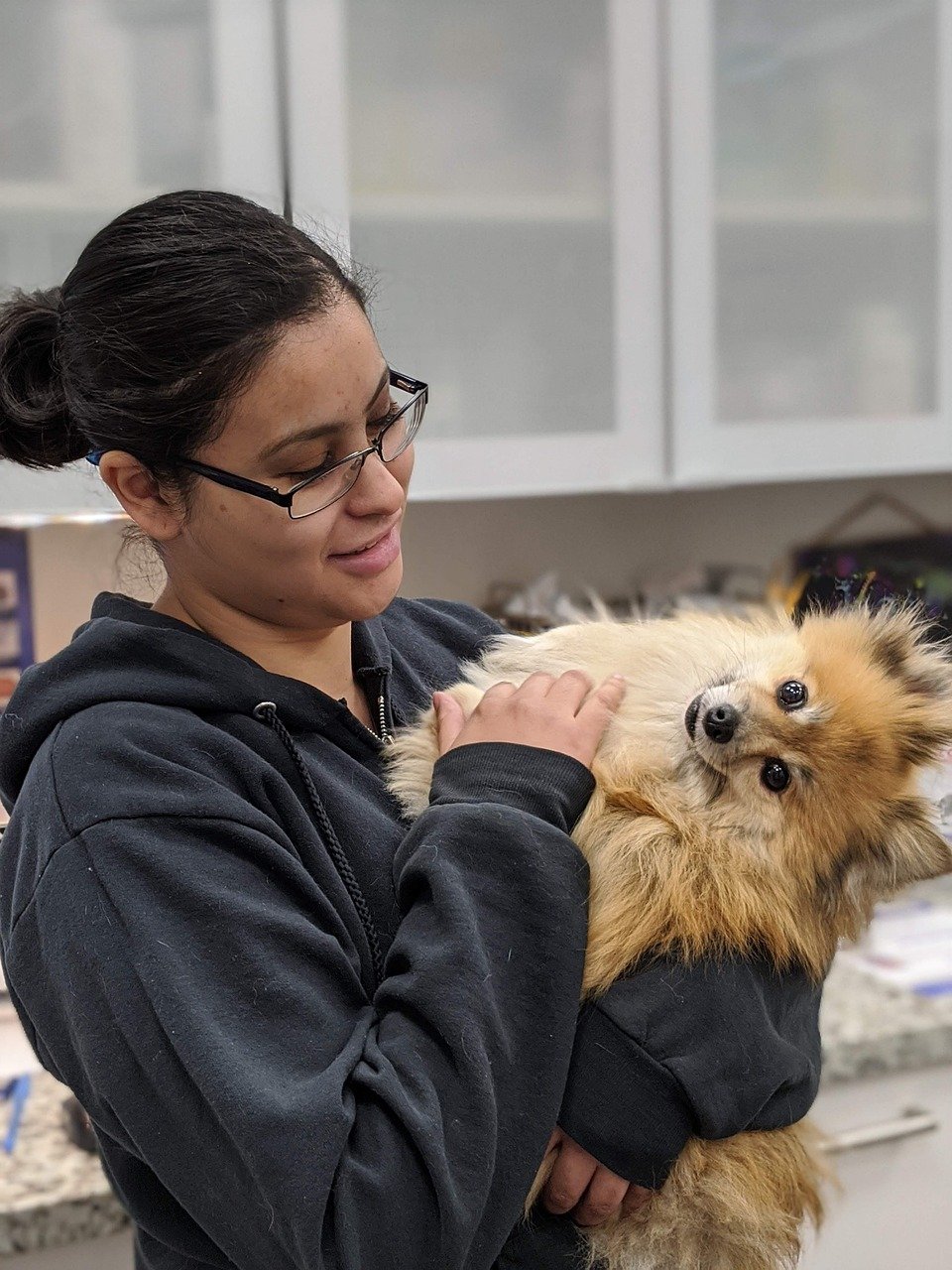Feeding your dog the right kind of food is crucial for their health and happiness. Many dog owners are keen to share their snacks with their furry friends, and apples often top the list of healthy treats. However, there are essential factors to consider before tossing your dog an apple slice. This article explores the important aspects of feeding apples to dogs, ensuring their safety and well-being while enjoying this crunchy treat.
Understanding the Nutritional Benefits of Apples
Apples are a fantastic source of vitamins and fibers, making them a healthy option for dogs. They contain Vitamin A, Vitamin C, and dietary fiber, which contribute to a dog’s overall health. Vitamin A is essential for maintaining good vision and supporting the immune system, while Vitamin C acts as an antioxidant that can help repair tissues and boost the immune system. The fiber in apples aids digestion, ensuring that your dog’s digestive system runs smoothly. However, moderation is key, as too much fiber can lead to digestive issues like diarrhea. Just as with humans, apples can be a beneficial addition to a dog’s diet when offered in appropriate quantities.
Choosing the Right Apple Variety

Not all apples are created equal, and some varieties may be more suitable for your dog than others. Generally, it’s best to stick to common apple varieties like Red Delicious, Gala, or Fuji, as these are less acidic and easier on your dog’s stomach. Avoid sour or tart apples like Granny Smith, which may upset a sensitive stomach. When selecting apples for your dog, ensure they are fresh and free from spoilage. Organic apples are preferable as they are grown without pesticides, providing a safer option for your pet. Remember, it’s always wise to start with a small portion to see how your dog reacts before offering larger amounts.
Preparing Apples Safely for Your Dog
Before feeding apples to your dog, proper preparation is essential. Start by washing the apple thoroughly to remove any pesticides or dirt. It’s crucial to remove seeds and the core, as these parts can be harmful. Apple seeds contain cyanide, which is toxic to dogs and should never be ingested. Additionally, the core can pose a choking hazard. Once the apple is prepared, cut it into small, manageable pieces to prevent choking and ensure easier digestion. Remember, feeding apples should always be supervised to ensure your pet’s safety.
Recognizing Allergies and Sensitivities

While apples are generally safe for dogs, some pets may have allergies or sensitivities. It’s essential to monitor your dog for any signs of an allergic reaction, such as itching, swelling, or gastrointestinal upset after consuming apples. If your dog exhibits any of these symptoms, consult your veterinarian immediately. Like humans, every dog has unique dietary needs and tolerances. If your dog has a known allergy to apples, it’s best to avoid them entirely and seek alternative treats that are safe and enjoyable for your pet.
Balancing Apples with Your Dog’s Diet
While apples are a healthy treat, they should not replace a balanced diet. Dogs require a variety of nutrients that apples alone cannot provide. It’s essential to maintain a balanced diet for your dog, incorporating high-quality dog food and other healthy snacks. Apples should be considered as an occasional treat, making up no more than 10% of your dog’s daily caloric intake. Overfeeding apples can lead to weight gain and other health issues. By balancing apples with other nutritious foods, you can ensure your dog enjoys the benefits without any adverse effects.
Consulting with Your Veterinarian

Before introducing any new food into your dog’s diet, including apples, it’s wise to consult your veterinarian. They can provide guidance based on your dog’s specific health needs and dietary requirements. Your veterinarian will consider factors such as your dog’s age, weight, and any existing health conditions before advising on the appropriate amount and frequency of apple consumption. By working closely with your veterinarian, you can ensure that your dog enjoys apples safely and healthily.
In conclusion, apples can be a delightful and nutritious treat for your dog when offered in moderation and prepared correctly. By understanding the nutritional benefits, choosing the right variety, and ensuring proper preparation, you can safely incorporate apples into your dog’s diet. Always keep an eye out for any allergies or sensitivities and consult with your veterinarian to tailor your approach to your dog’s unique needs. With these considerations in mind, you and your furry friend can enjoy the benefits of this tasty treat together.






